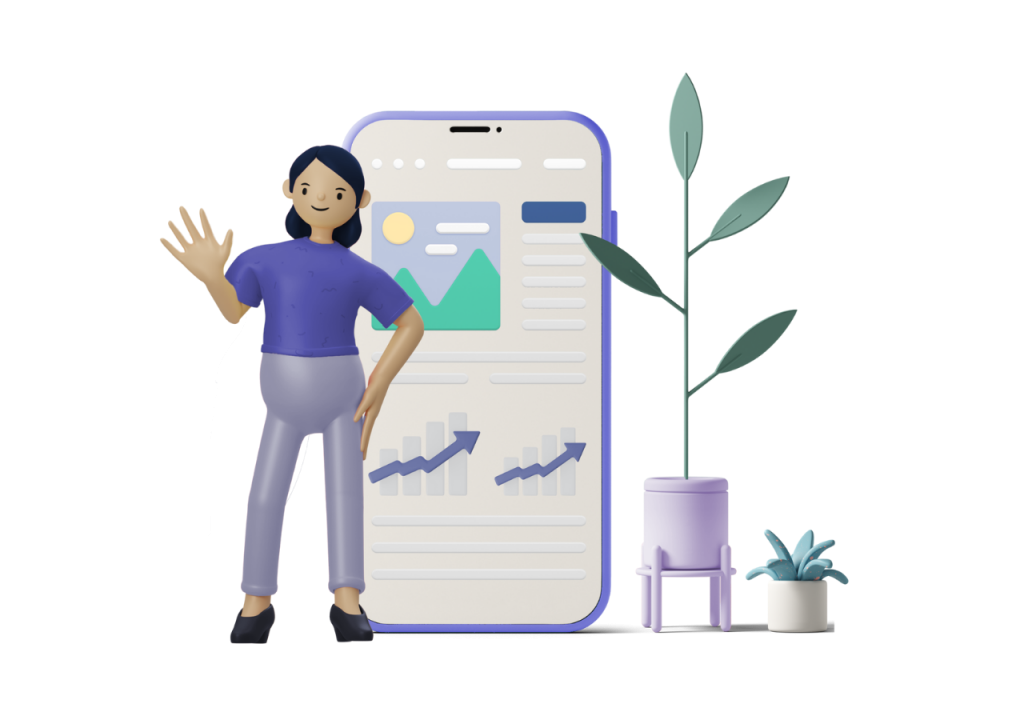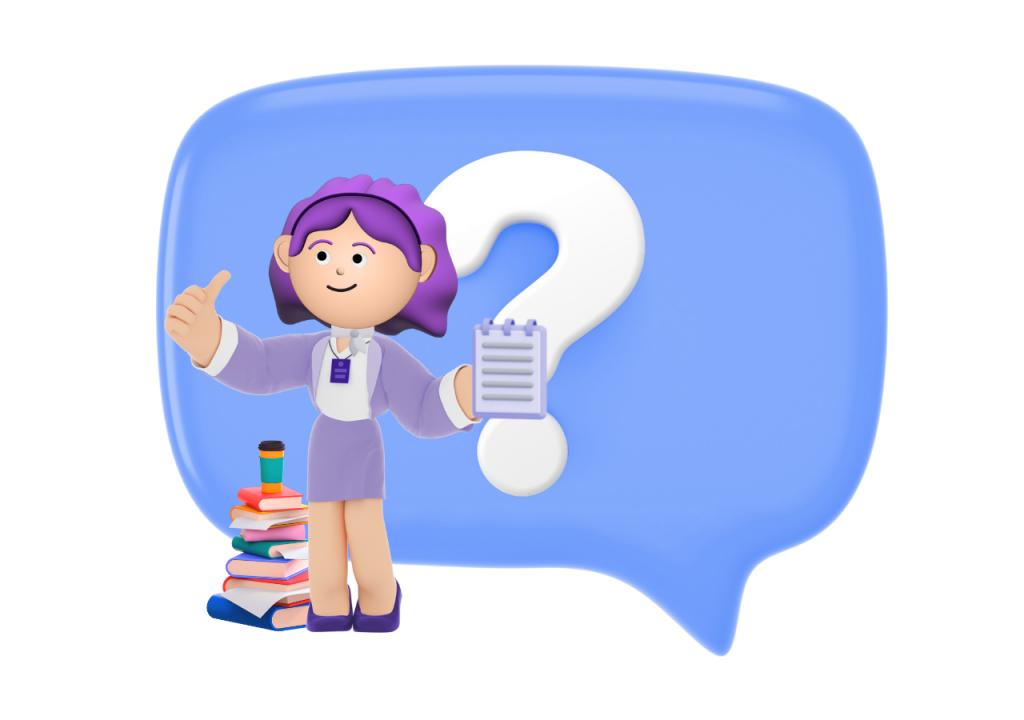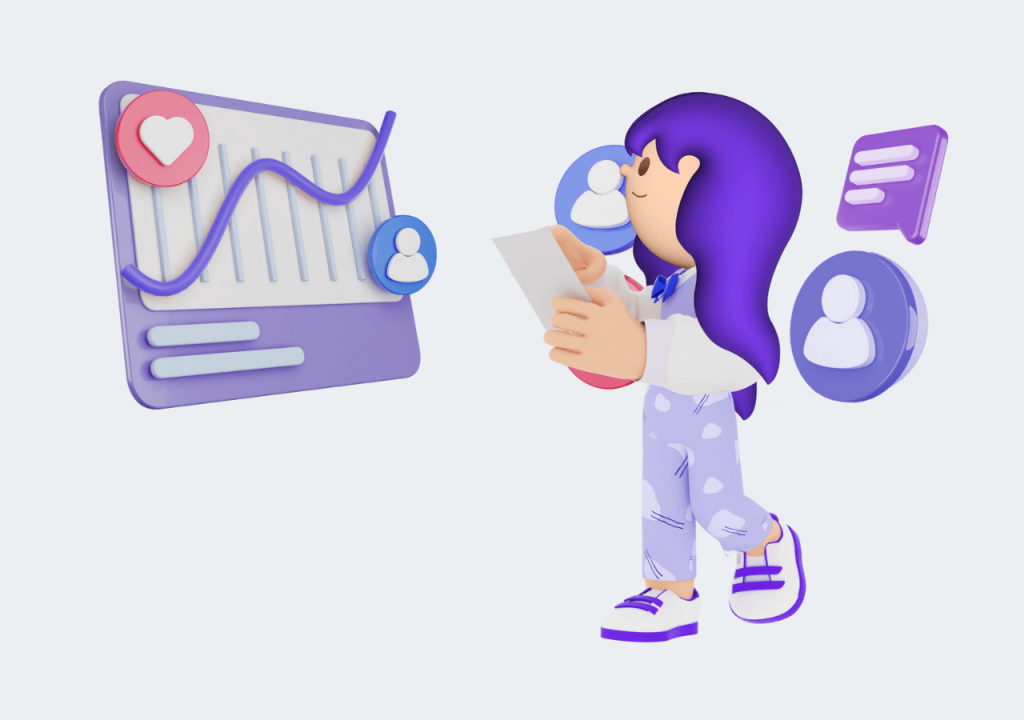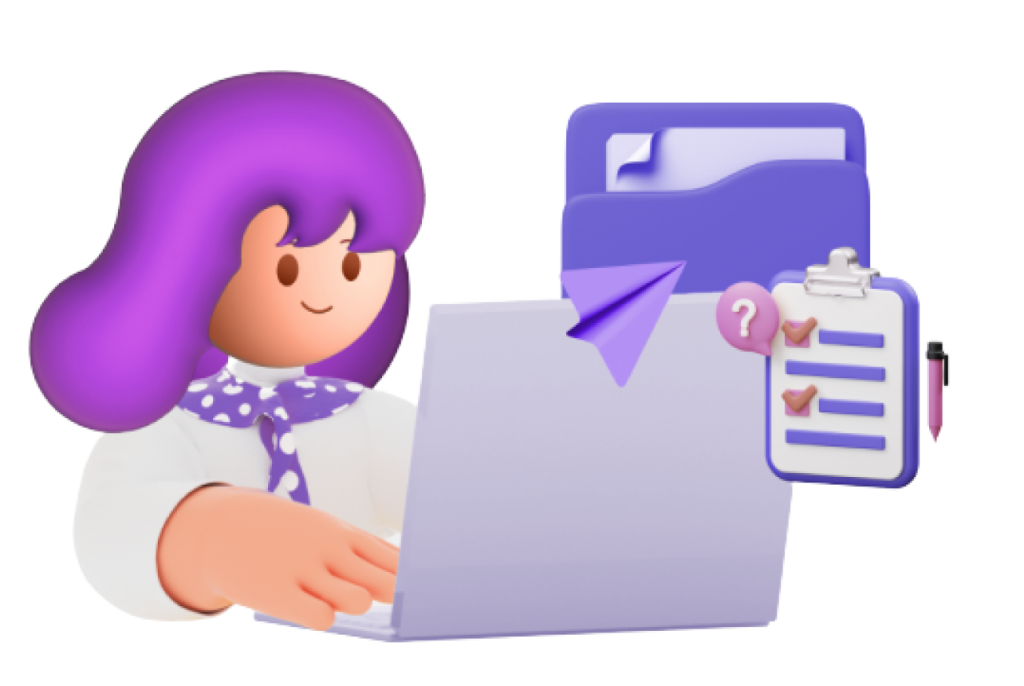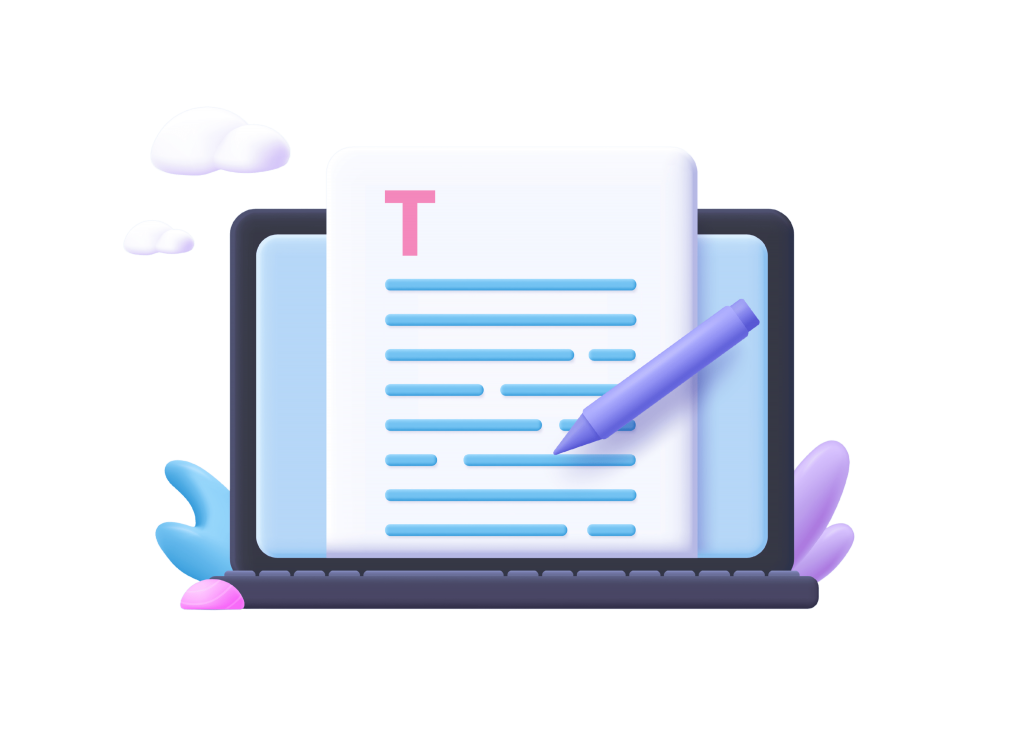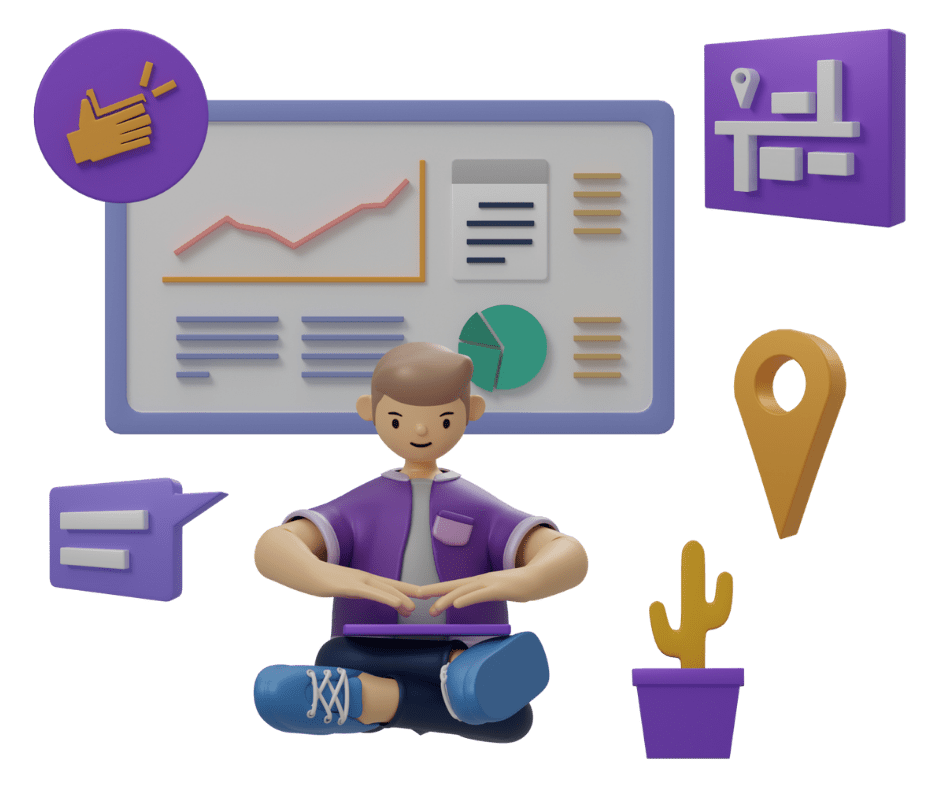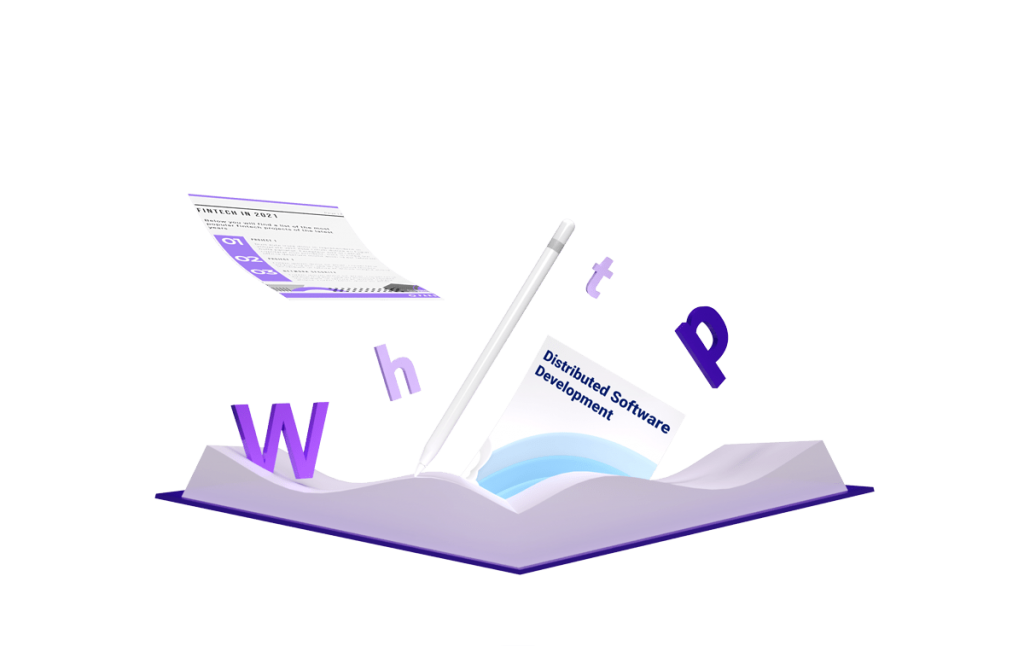What B2B companies think of themselves and how audiences view them has never been larger. Companies may think that they know what the customer needs but fail to transform their effort from something abstract to something actionable. For example, 88% of businesses believe it’s important to have a 360-degree view of customers across channels and platforms, but only 15% have a unified system to gain insights from customer data.
At this point, positioning yourself as a customer-centric business is seen as yet another sales tactic. That is unless you prove to adapt based on evolving customer behaviors, expectations, and preferences.
We’d like to share our approach to improving customers’ digital experiences – and how integrating technology, processes, and people help us achieve that.
Table of Contents
Defining Customer-Centric Businesses in 2022
Customer-centered transformation is becoming more profound. 88% of customers say the experience a company provides is as important as its products or services. Let that sink in. The experience you deliver is as important as what the customer buys.
Like in any relationship, customers navigate business relationships based on whether their interactions with a company are easy and enjoyable. And even B2B collaborations demand a thoughtful, personal touch.
Of course, it’s somewhat ironic to talk about customer-centric businesses in abstract terms since we’ve just mentioned this as a reason for criticism. So, let’s define specific actions that make businesses customer-centric. Harvard Business Review writes:
- Operationalize customer empathy
- Hire for customer orientation
- Democratize customer insights
- Facilitate direct interaction with customers
- Link employee culture to customer outcomes

Trust is also a key component. By its nature, customer trust is a customer-centric process, so it makes sense to focus on one for the sake of the other. Edelman suggests that businesses follow these core tenets:
Demonstrate tangible progress. Show how your systems work and how you deliver on your promises, all the time and with competence.
Focus on long-term thinking. Solutions can’t default to short-term gain.
Provide credible information. Operate based on thorough, well-reasoned arguments and strong evidence.
Roadblocks to B2B Digital Experiences and Our Solutions
Moving on to our experiences with customers’ digital experiences, we want to talk about solutions that worked. At Contenteam, we decided to break away from a product-focused or sales-driven culture by adapting our operational capabilities to what the customer needs.
1. Collaborating Across Time Zones
B2B professionals are busy, they have projects to manage and problems to solve. Besides, as consumers, we are all used to intelligence at our fingertips and receiving answers in a matter of seconds. For example, nearly 80% of American consumers say that speed is the most important element of a positive customer experience.
You might be able to guess that the pressure to deliver timely responses and resolutions becomes more alarming when you work with clients all over the world. What if you waste their time or fail to offer a solution? According to the same PwC report, 30% of clients leave after one bad experience. Not exactly the portion of clients you can generously afford to lose.
Solutions
As soon as we onboard a new client, we have the “time zone talk”. This allows us to assign the right project manager before we start missing deadlines, meeting times, or time-sensitive correspondence. During the talk, we also establish which time zone we’ll set as the standard. In most cases, the client’s local time – unless they, too, exist in different timezones.
In the early stages, it’s also important to communicate the project manager’s working hours. This helps us find the balance between ensuring our team’s workload is manageable and keeping the communication window as open as possible.
Over the years, we’ve found ways to use different time zones to our advantage. For example, the writer can hand off the article for overnight attention, and the manager will pick it up by the time the client gets to their desk.
2. Communicating Over Different Medium

Many companies implement digital transformation by simply transporting legacy processes, touchpoints, and experiences into an electronic format. Becoming a customer-centric company starts with understanding how companies use technology. And more importantly, it means using digital tools to offer value to different clients through different means.
Businesses that don’t put customers first often force them into channels they wouldn’t have chosen otherwise. That’s one part of the issue. But when managers try to solve the communication problem in isolation – by looking for new modes of communication – they forget that greater access to information is not itself the only solution.
It’s the approach that matters. To be more specific, it’s also important to show customers that the company prioritizes their convenience. There is a difference between adding communication channels “on request” and establishing the most suitable channels for a particular client.
Solutions
Our clients have a myriad of options for communicating with us – email, any major messenger, Slack, Google Meet, Zoom, Skype, etc.
In terms of tech adoption and preferences, we see generational differences. Millennials are more technologically adept and more open to change. Gen Z prefers shorter, crisper ways to communicate – chat, text, social media, and in-app comments. We see differences depending on the type of company, their scale, location, etc. And in each case, we find a mutually beneficial way to communicate.
Channel surfing can also be a good thing. Projects involve diverse tasks, so the ways we connect with clients and team members are equally diverse. Our clients know that they can switch to any alternative means of communication, whether it’s for productivity or convenience, and we’ll meet them there.
3. Ensuring Brand Cohesion and Quality Control
Contracting outside the company isn’t something out of the ordinary. Adding to the company’s intellectual capital and sharing risks is simply good business. But why do outsourced services often fail to meet the standards established within the company? Why does it feel generic, lacking in substance?
This is because neither party – the client and the contractor – commits enough time and dedication to make processes business-specific. In other words, they delegate to forget.
When considering a purchase, B2B buyers spend only 17% of the time meeting with potential contractors. More time is spent researching online and offline. When the partnership is already in full force, they spend even less time talking to the contractor. It’s no wonder that the final product seems generic.
Solutions
We solve it by establishing a direct line of contact with a potential client, which continues long after the start of the collaboration. For example, one of the first things we do is jump on a long video call to establish the project’s framework and objectives, basic rules, key team members, and more. The more information you give us – at the beginning and throughout the entire timeline – the more tailored the content produced for you will become.
A project manager with industry-specific experience is also an incredibly useful asset. They don’t need long introductions to the topic – they’ll get right to the chase. They’ll assign the right people to deliver content with the level of insight an in-house team would have. Only with all the perks of a remote agency.
What’s more, the content produced can bring double, triple, quadruple the value through localization. And this is where brand cohesion becomes more challenging than before. Delivering brand-specific content while also targeting a region-specific audience is a task for the best of the best.
4. Delivering to Multiple Decision-Makers
The buying cycle in B2B is long and complex. “The number of people involved in B2B solutions purchases has climbed from an average of 5.4 two years ago to 6.8 today,” – reports HRB.

There are many people with specific roles and responsibilities. Managers will be the ones researching the solutions, financial representatives will approve the spending, the legal departments will look over the contract, and more.
Solutions
To open-ended learning loops, we create single points of information. Depending on what decision-makers want to know, they will open a file with everything on the topic. For example, it can be a presentation with previous projects to showcase our experience, a commercial offer with all price estimates laid out, or a spreadsheet to schedule content creation.
All that complexity is put into an accessible format that everyone can keep up with. And, of course, each stakeholder our agency interacts with has the information they need to do their jobs. If not, you’ll always have a dedicated manager to arrange that.
Working With the Modern B2B Buyer
The conventional wisdom seems to always have been about going above and beyond to please the customer. This manifested in free products and free services, all for the purpose of exceeding customer expectations. But HBR research shows that companies that “try too hard” to win over customers only marginally improve their loyalty, in contrast, to simply meeting their needs.
And once again, there is an enormous gap between what companies think they do and what customers believe. The same report states that 89% of customer service heads said their strategy is to exceed expectations. Meanwhile, 84% of respondents said their expectations hadn’t been exceeded during their most recent business interaction.
All this leads to the conclusion that a customer-centric approach is about helping customers solve their problems quickly and easily. Businesses don’t always need to go the extra mile to delight and surprise. But every part of the team should understand the fundamental focus – make it easy for the customer.
Do you want to experience treatment like that? Let’s work together and make it happen!



